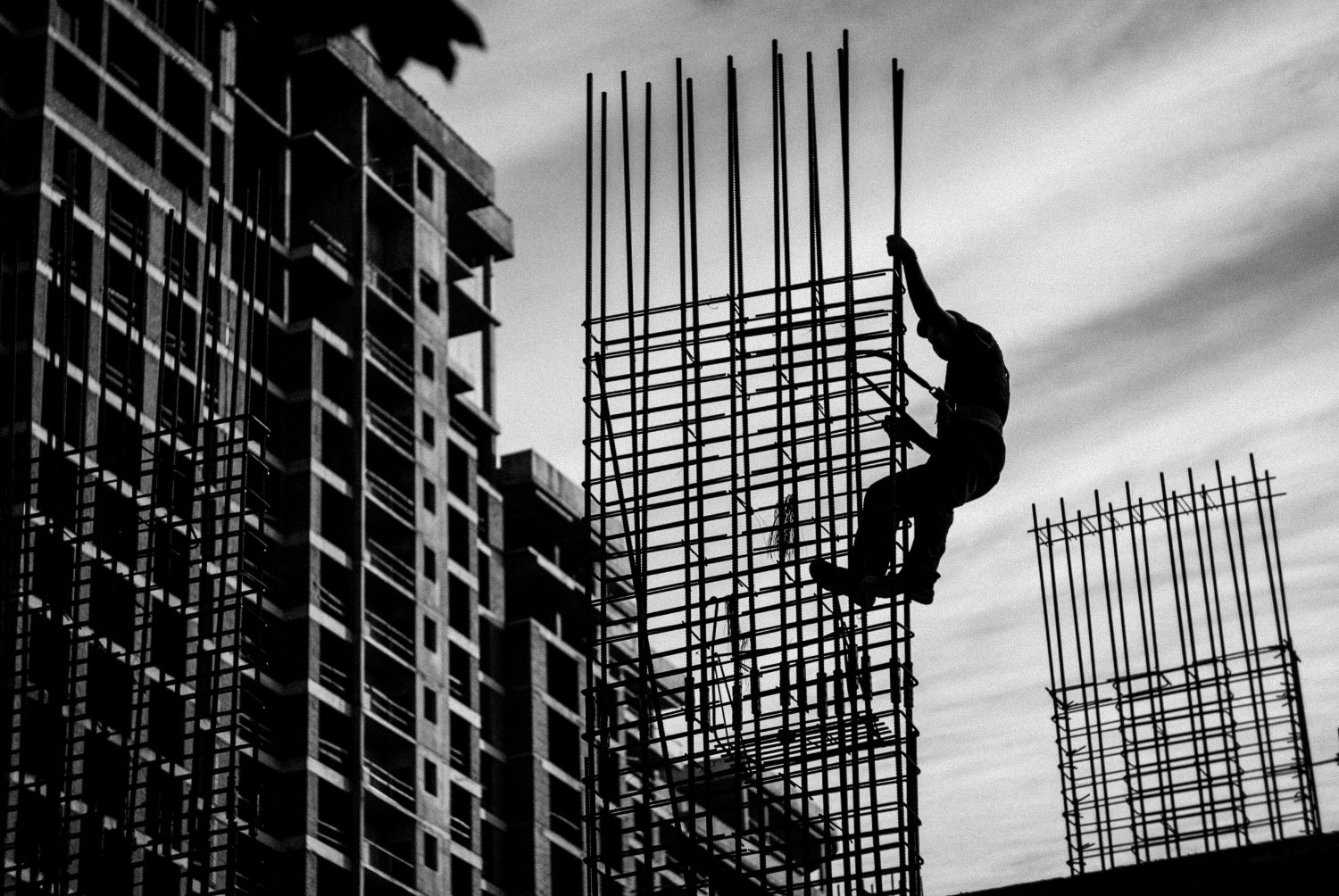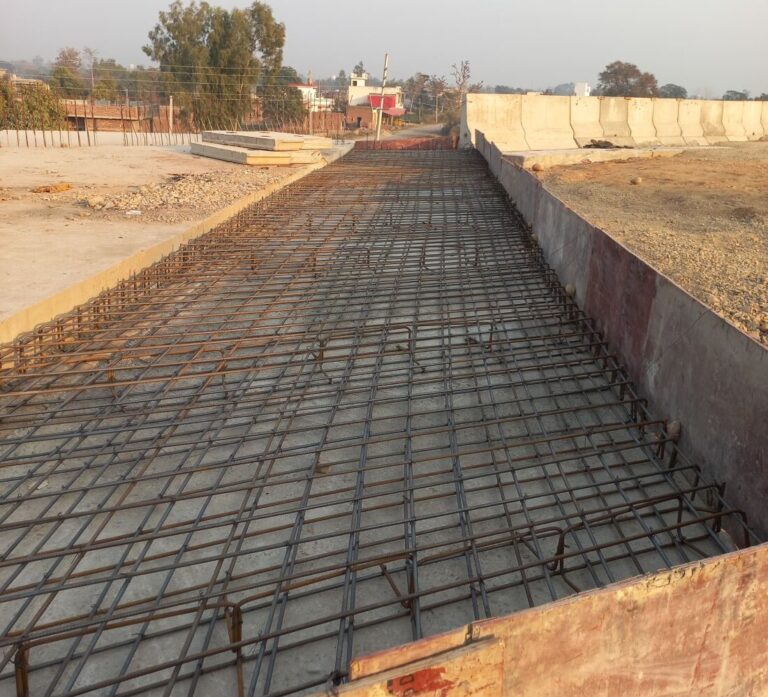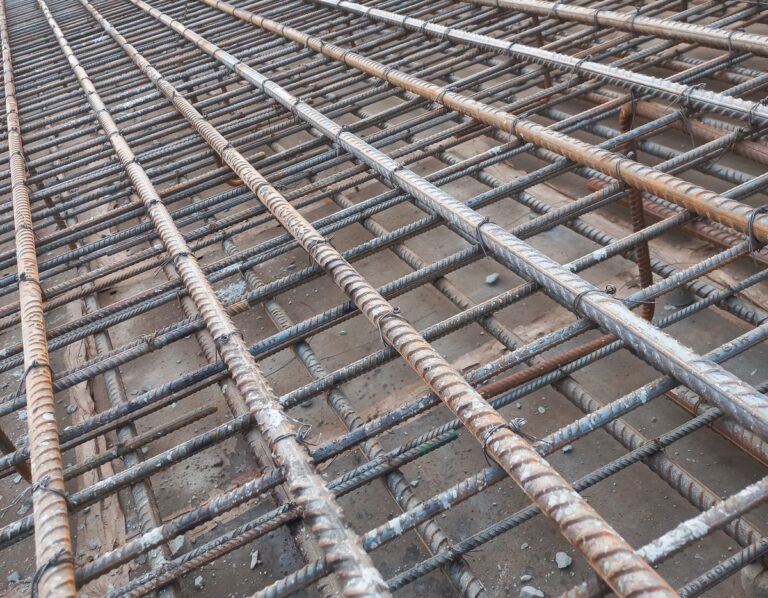A Bar Bending Schedule (BBS) is a term used to describe the calculation method and total quantity of steel used in a structure. The BBS provides detailed information on the maximum and minimum lengths of steel, as well as the shapes and variations required according to their use in the structure. By following the BBS, engineers can ensure accurate cutting and bending of steel, optimizing material use and enhancing the structural integrity of the project. In this article, we will discuss the uses and benefits of the Bar Bending Schedule, highlighting its importance in achieving high-quality construction outcomes.
How Bar Bending Schedule Changed from 1950-2024:
The changes in bar bending schedule from 1950 to 2024 have been very significant. In 1950, buildings typically had a maximum of 3 to 5 floors, whereas in 2024, we are constructing buildings with over 200 floors. This represents a huge leap in the construction industry, driven by both population growth and increased human needs.
B.N. Datta, known as the Father of Estimation in bar bending schedules, laid the foundation for this field. However, his contributions did not add significant value at the time. Modern bar bending schedules have evolved to become more accurate and informative than before. They now enable us to accurately calculate the required quantity and length of steel for structures.

Bar Bending Schedule [BBS]:
A bar bending schedule (BBS) is a critical document in civil engineering that details the calculation, shape, size, and total number of steel bars required for a structure. It is meticulously prepared by civil engineers following surveys and site visits, taking into account the length, breadth, and thickness of the structure as depicted in its drawings. From its inception to modern applications, the BBS has evolved significantly, ensuring precise quantification and placement of steel reinforcements. This meticulous planning not only enhances structural integrity but also optimizes construction processes, making the BBS an indispensable tool in the realm of building design and implementation.
benefits of bar bending schedule
There are numerous benefits of a bar bending schedule in the construction of structures. It helps identify the diameter of steel used in each part of the structure, along with their maximum and minimum lengths and total quantity. The schedule also specifies the shape of each steel component based on its intended use. Modern bar bending schedules provide comprehensive information such as total lengths for various structural elements like bottom main bars and top main bars of slabs, link bars, additional bars, side bars, and other necessary details. This detailed documentation ensures accurate and efficient steel reinforcement placement throughout the construction process.
conclusion
In conclusion, the Bar Bending Schedule (BBS) serves as a cornerstone in modern civil engineering, facilitating precise calculation and placement of steel reinforcements in structures. From its origins in the mid-20th century to its current sophisticated applications, the BBS has evolved significantly, reflecting advancements in construction technology and the growing complexity of architectural designs. By meticulously detailing steel requirements, dimensions, and shapes, the BBS optimizes material usage, enhances structural durability, and ensures adherence to safety standards, thereby contributing to the overall quality and longevity of construction projects.
What is a Bar Bending Schedule (BBS) in construction?
A BBS is a detailed document used in civil engineering that specifies the quantity, sizes, shapes, and placements of steel reinforcements needed for a structure, ensuring structural integrity.
How has the Bar Bending Schedule changed over time?
Since 1950, the BBS has evolved from basic steel quantity estimations to precise calculations that accommodate complex architectural designs, reflecting advancements in construction practices and materials.
What are the benefits of using a Bar Bending Schedule?
The BBS optimizes steel usage, improves construction efficiency, and enhances structural strength by accurately planning and executing the placement of steel reinforcements according to design specifications.








